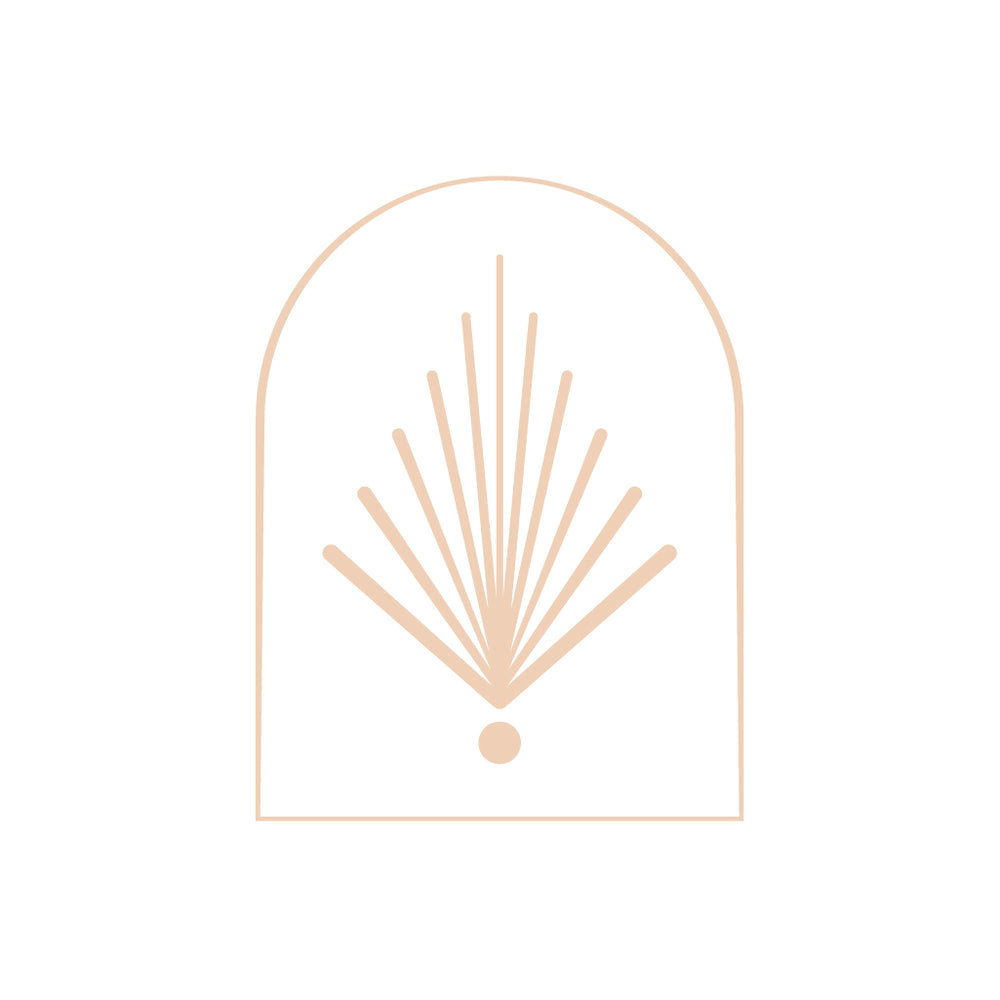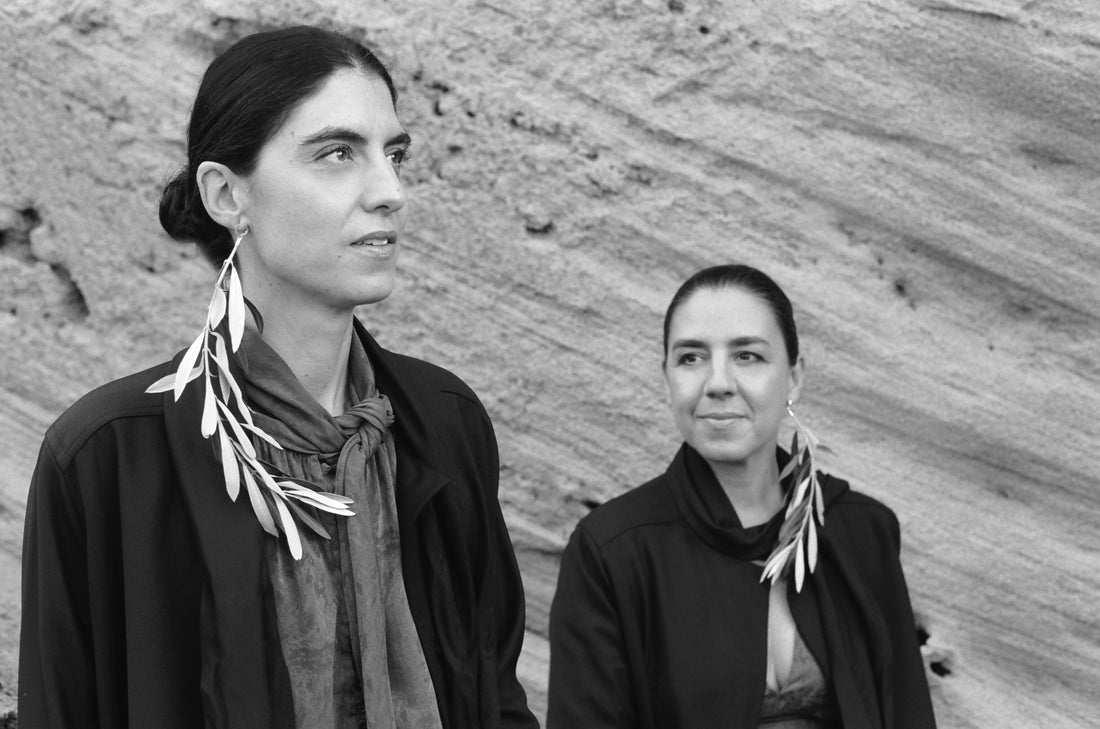Can you explain a little about ABA ART LAB and why you decided to set it up your own contemporary art company?
We started the project 20 years ago when we had almost finished university. It was a very personal project between two sisters (we are twins) and we’ve always shared a deep love for art. It’s probably one of our first passions. When we were at school we had a clear preference for site-specific art — the colours, shapes, and textures, and living in Mallorca, surrounded by many artists and creative souls, it was a natural process for us. It came spontaneously but it was a very natural process for us to open a space that was dedicated to showcasing emerging art.

What are the core foundations of ABA ART LAB?
From the beginning, we knew that we wanted to exhibit a very specific kind of contemporary art. We mainly work with conceptual and minimalist artists, organic contemporary art proposals, and art that’s very rooted in the Mediterranean. Our projects are founded in the values of Mediterranean culture and materials, and they’re amazingly influenced by the landscape, the light, and the humility of the place where we live, as well as the subjects that most occupy the minds of the artists who live here in this geographical space of the world. These values have formed the foundations of our projects right from when we started and still do now.
Talk us through the curation process for a new exhibitions — what are the main things you consider before exhibiting an artist?
We work very closely with the artists in the development of each exhibition — from the idea right through to the production and the end result. We exhibit four projects a year and we dedicate a large amount of time to staying with the artist in the atelier and deciding what the exhibition should look like alongside them. We’re participants in the process, and our main goal in creating an exhibition is to have a very clear idea of the path that the guest is going to take while visiting it. It must have a development. It’s not only a succession of hanging artworks — it’s a process; a living experience.

What must an exhibition encapsulate? Function? Emotion? Skill?These questions are at the centre of every one of our exhibitions. And for us, the most important factor is that our guests feel an emotion in the very first moment. The exhibition has to create a deep emotional response in each person. All our exhibitions have functions as well, of course and they centre around meditation, serenity and reflection. These are very important common points among all our exhibitions. Each one is produced and conceived to provoke an emotion, either through colour, texture, size, materials or how the artworks are displayed. How does curating a collection for a private home differ from a public display?
Our main activity is art exhibition here in the gallery and curating for very specific locations here in Mallorca. The other half of our activity is curating for private collectors. In that instance, our main speciality is to go hand in hand with our collectors to the very essence of their willingness to create an art collection. Our passion is to create site-specific art alongside artists for our private collectors. So we dedicate time to each collection — sometimes as much as two or three years to each project, and we introduce the collector to sculptures, murals, and paintings. It’s a really deep, enjoyable process where we see our collectors not only choosing they art that they want but growing along with it at the same time.
|
Do you have any tips for curating a private collection for the home?
The most important thing for a collector is to listen to the architect or the interior designer. Listening is the most important tip we can give.
What role does art play within the home and other private spaces?
For us, the home is a white canvas where art can be displayed, and the art we curate must contribute to the wellbeing of the inhabitants. This is a very important factor in our collections. It’s about serenity — the art has to benefit the humans who live with it. Over the years, we’ve also learned beautiful techniques for working with art and Feng Shui — everything has to be considered.
What is the most interesting part of the creative process for you?
We are very good at art management for scaled productions and site-specific art. So for us, it’s the very specific moment when the artist needs our help; our presence.
What artists excite you the most currently?
We have a very close relationship with our artists and we are in contact with them on a daily basis, not only for exhibitions but for productions and sales that we have in motion. All of them share a very specific way of living and are inspired by the Mediterranean, and they use materials given to us by the land in a very respectful way. Their content is always very deeply motivated by landscape, light, respect for our culture, and sustainability. This is important for us — it’s not just important to admire where we live in the world, we must also respect it and practicing the wisdom embodied by our culture. In particular, we’d mention: Antoni Pedraza, Miquel Mesquida, Anke Blaue, Lin Utzon, Miguel Adrover, Andreu Maimó, Olmo Sard, Rafel Joan and Joan Costa.
If you were to choose three artists (dead or alive) to interrogate about their creative process, who would it be and why?
We’re currently working on an exhibition with Mercedes Laguens, who we call our local Louise Bourgeois for her very complete process and amazing use of incredibly diverse materials in her projects. She also studies very specific elements, like light. She’s also a university professor and she has a wide knowledge about art and colour — she is a big inspiration for us. Next, we’d choose Agnes Martin. We admire her process not only because of its simplicity but because of the quiet and meditative way of working she possesses. We learned a lot from her writings, offering rules and ways of working for artists. Finally, Joan Miró, the most complete Mediterranean artist. He was a very brave, humble human being — one of the first international contemporary artists. He took our culture and identity worldwide. His use of materials and unique perspective is still an inspiration for us every day for us so we’d love to sit down and have a long conversation with him, somehow, somewhere!



